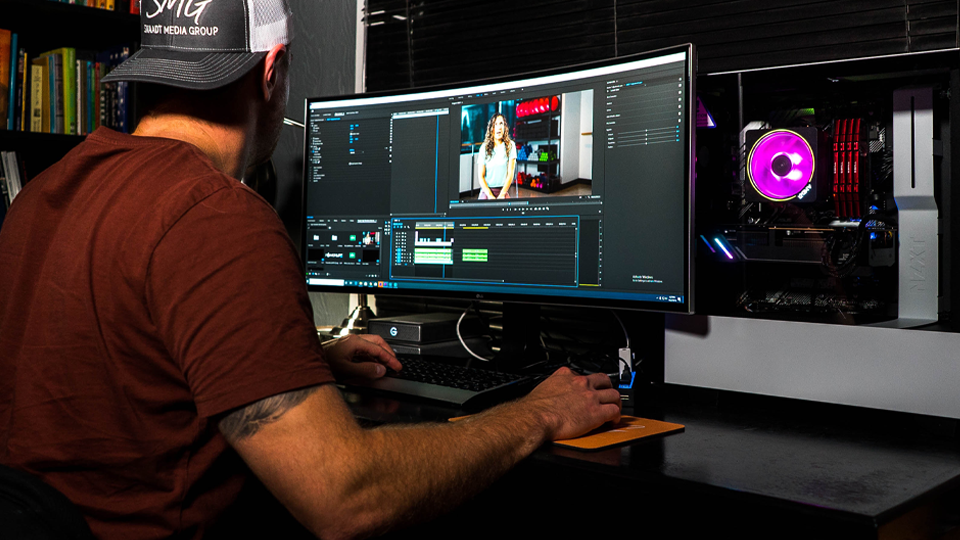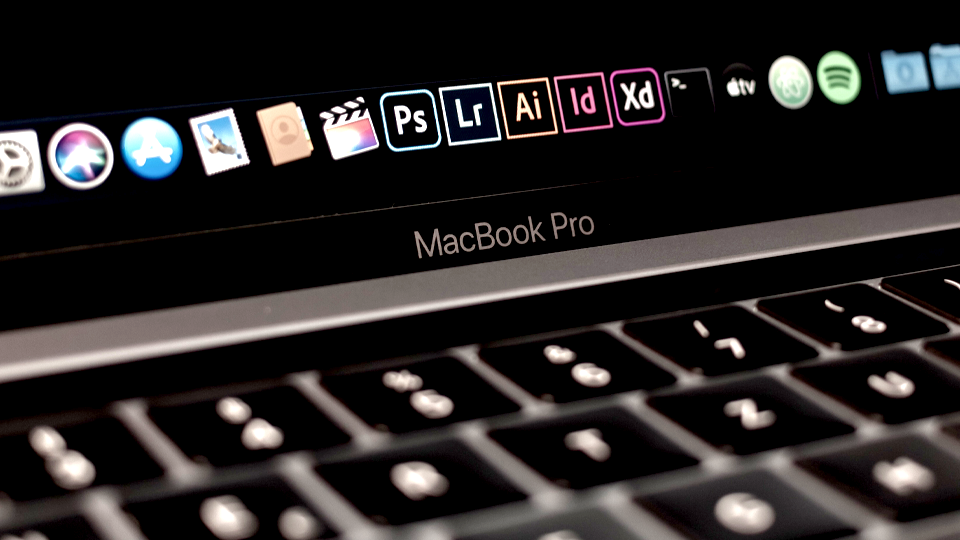The jobs of post production: Every must-know role in the movie-making industry
The Editors

10 Minutes

Here’s a quick guide to the roles you’ll find in the post production industry.
To produce a movie or a television show, sometimes hundreds of people come together to work on a project and even more after the camera stops rolling. Ambitious film, television and video content projects require a talented team of people with distinct disciplines all working collectively toward a common goal. But who are the players that make your favorite movies come to life? To help you better understand the inner-workings of the post production industry we’ve compiled a comprehensive list of the roles included in the process. From sound engineers to Foley artists and camera assistants that handle precious RAW footage, everyone has a vital role to play in the creative endeavor of video production. Here’s what you need to know…
Post Production Supervisor
The Post Production Supervisor oversees a project’s entire post-production workflow and ensures that the director's vision is realized on-time and within budget. This person works directly with a studio’s in-house creative team (often having a say in the personnel hired for the job) as well as external clients and contributors. Generally speaking, the Post Production Supervisor is the project’s main point-of-contact to provide support and guidance to the team, ensuring that everyone is working together to create a cohesive final product.
Post Production Coordinator
The Post Production Coordinator will report directly to the Post Production Supervisor and is responsible for managing the more nuanced tasks a project’s day-to-day operations. This person schedules meetings, coordinates with vendors, tracks budgets, and ensures that the post-production team of editors, colorists and others have everything they need to complete their work on time and within budget. Their work helps to ensure that the post-production process runs smoothly and efficiently and provides a supervisor or project manager with more time to think big-picture.
Picture Editor
The Picture Editor has one of the most vital roles in the post production process as this person oversees the entire library of rough cut footage and works directly with the director, producer and other major players behind a project to decide upon the best shots to use for the final cut. The picture editor's work often helps set the tone and pacing of the final product, and is consulted anytime there is a major edit that needs to be addressed during the post process.
Assistant Picture Editor
The Assistant Picture Editor helps lay the foundation for the final product by organizing and logging footage, syncing audio, dialogue and VFX files. Basically, the Assistant Picture Editor is the individual preparing all of the project’s media assets to be easily archived and examined by the Picture Editor and any other major players leading the project’s direction.
VFX Editor
The VFX Editor oversees all of the visual effects efforts for a particular video project. This person guides their team to bring these VFX to life, ensuring that each of these effects enhances the story rather than detracts from it. These skillful individuals use their computer-savvy expertise to create and animate the three-dimensional models like fantasy worlds or awe-inspiring greenscreen backgrounds, create and integrate special effects like explosions or collapsing buildings, and then composite these effects into the final shot. Without VFX artists, most modern movies would be completely unrecognizable.
Assistant VFX Editor
The assistant VFX editor supports the VFX editor in their work, organizing and managing the three-dimensional models, textures and other assets used to bring a movie or video to life. Often, VFX studios will employ large teams of assistants, who each will be assigned a specific focus; for example, to make the trolls come to life in Peter Jackson’s Lord of the Rings, an entire team focused specifically on those characters during one specific scene. These crews allow VFX supervisors to ensure all of the effects being created match nicely with the bigger piece.
Finishing Editor
The finishing editor, sometimes known as the online editor, polishes the work of the Picture Editor to create a seamless final product. Think of sculpting a metal sculpture. The Picture Editor creates the shape and feel of the artwork, but it lacks its finished sheen; that’s where the Finishing Editor enters the editing suite. This individual works closely with every creative team in the post process, including the colorist to ensure that the final look matches the director's vision, the sound editor and Foley artist to ensure that the final mix is polished and professional.
Colorist
The colorist creates the desired look and feel of the video and, more recently, has become one of the hottest jobs in the post production industry. Imagine watching Ozark without the trademark blue filter—this is where the colorist makes their mark. Colorists take the raw video footage captured during production and literally paint it on their computer screen to bring it to life in new ways, with the ability to adjust the mood or setting of a scene with a small tweak of hues. This person is vital to creating the desired mood and tone of a video project through adjustments to contrast, saturation, brightness and other techniques.
Sound Editor
The Sound Editor synchronizes every aural aspect of a movie or video project. This person is not the one creating or recording the sounds you’re hearing during playback; rather, they are the one to ensure that every audio track—dialogue, sound effects, etc—is properly matched to the visuals. Think about it like this: During a fight scene, every whack, wham, or womp that you hear must correspond perfectly to the character’s movements on-screen, otherwise the entire sequence will look, feel and sound out-of-whack. That’s the job of the Sound Editor.
Foley Artist
Foley Artists have one of the most interesting jobs in Hollywood that often goes completely unnoticed. Named for the technique’s creator, Jack Foley, who worked on radio shows in the 1920s, Foley Artists use props and sound stages to create and record sound effects; like the creaking of a door as it opens, someone’s footsteps approaching down a hallway or water splashing against a boat’s hull as it sails through the open ocean. You may be surprised to hear these sounds are created after production, but by using creativity and imagination these sound technicians add depth and texture to the final movie in ways that the pre-recorded audio cannot.
Sound Engineer
While the Sound Engineer ensures that each audio and visual track is perfectly aligned in the timeline, the Sound Mixer brings all the sound elements together with a focus on volume and loudness to create a polished and professional final mix. In short, the Sound Engineer ensures that every piece of audio is properly tuned so that it has maximum effect on the audience. Consider this example—the shattering of a window during a robbery scene. The glass breaking needs to be loud, jarring. Just like in music production, the work of the Sound Engineer is often the final touch that brings the projefct to life.
Music Composer
The Music Composer is one of the most coveted roles in Hollywood. What would Darth Vader be without the foreboding sounds of John Williams’ “The Imperial March” playing over the speakers? How about a horror movie without the creepy, off-tune synths hovering in the background, creating tension through the scene. These are just a few of many examples where the original score of a movie or video can have an enormous impact on how it resonates with the audience. The Composer will often adopt a particular style over the course of a career, but their work will always be one of the most important factors in establishing the tone and mood of a project, and can greatly impact the emotional impact of the final cut.




































